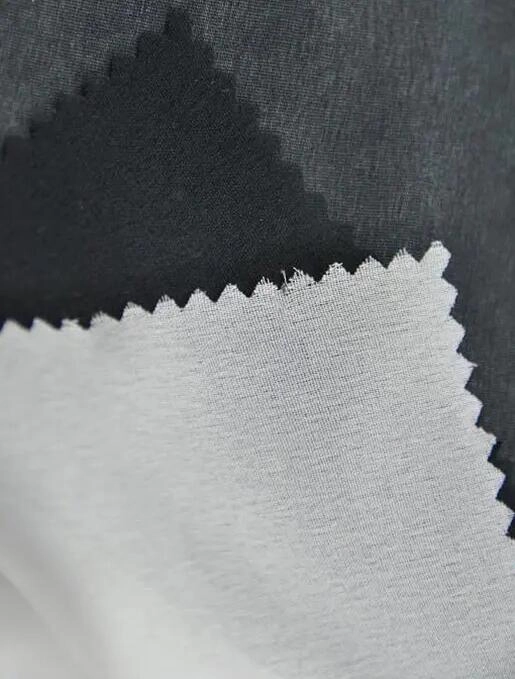Woven interlining is a remarkable textile innovation that offers numerous benefits when incorporated into garments, home textiles, and various other fabric-based products. This versatile material provides strength, stability, and structure, enhancing the overall quality and durability of fabrics. In this article, we will explore the advantages and applications of woven interlining.
One of the primary benefits of woven interlining is its ability to stabilize fabrics. By adding an additional layer between the face fabric and the lining, interlining prevents stretching, warping, or sagging, ensuring the garment maintains its original shape over time. The interlining's woven structure adds firmness and resistance to wrinkling, creasing, and deformation, providing a smooth and neat appearance. This stability is particularly crucial for garments such as suits, jackets, and dresses, where structure and crispness are highly desirable.
Woven interlining significantly enhances the durability of fabrics. By reinforcing the fabric structure, interlining prevents tearing, fraying, and seam breakage, extending the lifespan of the garment. The interlining's woven pattern distributes stress and tension evenly, reducing strain on individual threads and seams. This reinforcement is particularly beneficial for heavy-duty fabrics or areas prone to high stress, such as collars, cuffs, waistbands, and pocket edges. By adding woven interlining to these critical areas, manufacturers can ensure the longevity and quality of their products, saving consumers from premature wear and tear.
Woven interlining offers designers and manufacturers greater flexibility and creative freedom. It comes in various weights, compositions, and finishes, allowing customization to meet specific fabric requirements. Lighter interlinings provide subtle support for delicate fabrics like silk, while heavier interlinings add structure and body to sturdier fabrics like wool. Furthermore, interlining can be adhesive or sew-in, providing options for different construction methods. With woven interlining, designers can achieve desired silhouettes, enhance fabric drape, and create unique design elements such as pleats, folds, and voluminous shapes.
In the world of textiles, woven interlining stands out as a powerful tool for enhancing fabric strength, stability, and versatility. By incorporating this remarkable material, garments and textiles gain improved durability, stability, and aesthetic appeal. Whether it's a tailored suit, a flowing dress, or a sophisticated home textile, woven interlining plays a vital role in elevating the overall quality and performance of fabrics.

